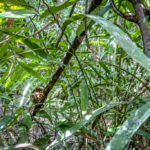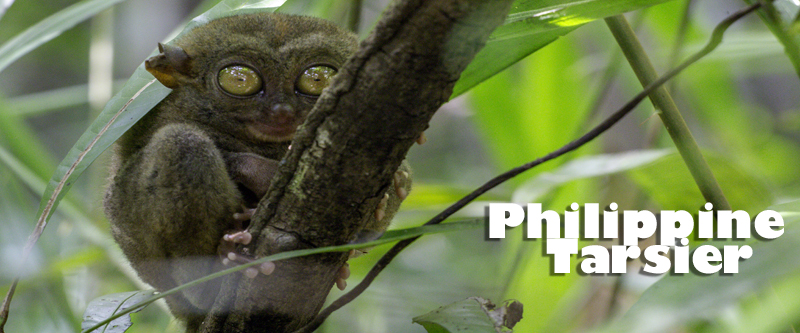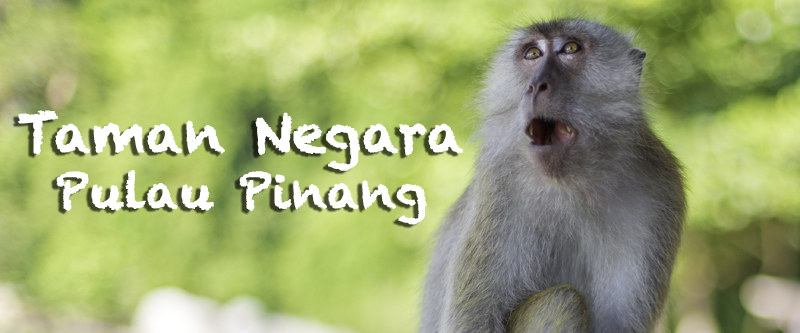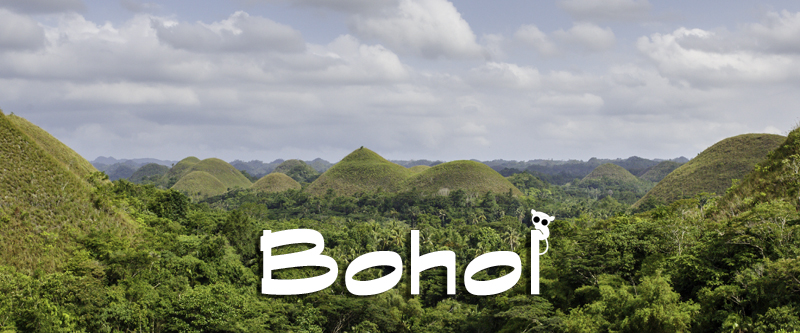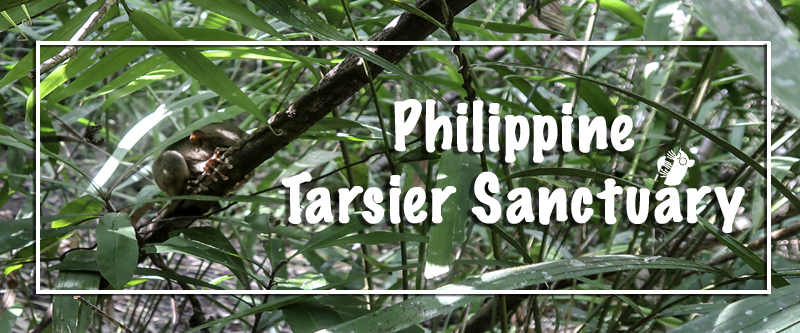Face to face with one of the world’s smallest and most sensitive primates
There’s only one place where you should go and see the tarsiers and that is the Phillippine Tarsier Sanctuary.
After 3 days in Bohol, we finally go on a journey to try and see these interesting creatures, which are some of the worlds smallest and sensitive primates. Like always, we do a little bit of research one day before. So first, we watch a documentary on YouTube which gets us more excited about going there. Next, we check for ways to get to the Philippine Tarsier Sanctuary.
We find various websites with different information. We didn’t understand why until we got to dig a bit further. Apparently, there are several places in Bohol where you can go and see these rather peculiar creatures.
However, the Sanctuary next to Corella is the only one where these animals live in their natural habitat and where they are free to come and leave as they please. And what is also very, very important is that no human contact is allowed. No holding or touching them. All the rest seem to allow tourists to hold them and this causes a lot of stress to these tiny little animals. Stress that usually leads to their death.
Plus, after reading some online reviews about those places we find out that the conditions in which they are kept are poor. So we urge you to avoid any of the other tarsier attractions if you really love animals and want to help make their lives better.

Its easy
Knowing where we want to go, we get our camera and some water and we head to Tagbilaran’s Dao Bus Terminal, looking to find a bus that passes by the Sanctuary. If you want to travel cheap and like a local you can have a look at our post about getting to and back from the Tarsier Sanctuary. It is easy, but you do have to stick to your plan and say “NO” to the pushy tricycle drivers.
About the Sanctuary
Finally, we arrive at the Sanctuary. It’s beautifully located in the forest, far enough from the main road. There’s silence and peace. After paying the ₱60 entrance fee each, we head into the building, where we’re being greeted by our guide. No one is allowed to walk inside the park by themselves. There’s always a guide there to accompany the individuals/groups and apart from giving them information, they make sure that people behave. Which is great! Because even adults need supervision in some situations 😁
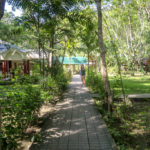
Carlito Pizzaras aka the Tarsier Man
This sanctuary has been built by Carlito Pizzaras aka the Tarsier Man. When he was young he would go out with his father and hunt Philippine tarsiers. This didn’t last long as he became more and more fascinated by these small primates and all he wanted to do was find ways to protect them. In those days, people would hunt them and sell them on the black market, without realising the damage this would do to the tarsier population. So he would go on the streets telling them that what they are doing is illegal (even though it actually wasn’t at the time) and he would be so persuasive, that in the end he gained so much attention and the tarsiers finally became a protected species, in 1997.
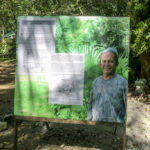
The guided tour
Our guide’s name is Jane. As we head towards the entrance of the protected area, we see signs in which people are kindly asked to keep silent and not to use flash when taking photos.
Jane tells us that there are 8 tarsiers in that area, but that we’ll only be able to see 5 of them today. They have more outside the enclosed area. And even these ones usually go deeper into the forest, during the night. Then they come back to sleep, as that is their territory. She takes us on a short walk around the forest, while she points out the location of the tarsiers. Being nocturnal animals, it’s easy to spot them during the day, while they sleep. When we see the first one, we immediately fell in love with it. And the others follow. They look at you with those huge eyes and it’s just fascinating! It’s almost like they try to hypnotise you.
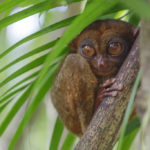
Visiting Rules
We take some photos and film them. Meanwhile, Jane is so patient and she tries to answer all of our questions. As much as she tries, she can’t answer all our questions and she informs us of that in a very polite manner. But, we still have so many questions we haven’t got an answer for. And there is no one there who can help us. If only Carlito, the man himself was here. I’m sure he would have an answer to all of our questions. Apparently he does come by the Sanctuary every day.
In regards to all the rules of keeping silent, we were surprised to see that they had allowed a family with young children and also baby so close to the tarsiers. The children kept wanting to touch the poor animal and they were kicking a fence, despite their parents telling them to stop. And what if the baby would have started crying? Is that not stressful for the tarsiers? Where is the limit exactly? Not to mention that people get so close to them trying to get a photo up close with their mobile phones. I don’t think they feel so safe having a mobile phone pointed at at only 20cm distance.
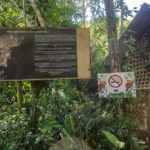
But then again, if nobody would come to the Sanctuary, there would probably be no safe area for them at all. We are sure Carlito knows what he’s doing and maybe next time we go there we will get to meet him and he can answer all our questions 😊
Anyway, the tour ends in the main building, where there they show a documentary about the Philippine tarsiers. We want to go and see it, but we realise it’s exactly the same one we saw on YouTube the night before.
There’s a few more interesting facts and information posted in the hallway about the tarsiers and their diet, the Sanctuary and the Tarsier man.
Overall we enjoyed the time spent there, but yes, we are left with many an answered questions.
Why is the Philippine tarsier so special?
It is a near threatened species of animals and since 1960s, when it was a common sight on the islands, the population severely dropped. Today, in Bohol, only an estimated 1000 individuals exist in the wild.
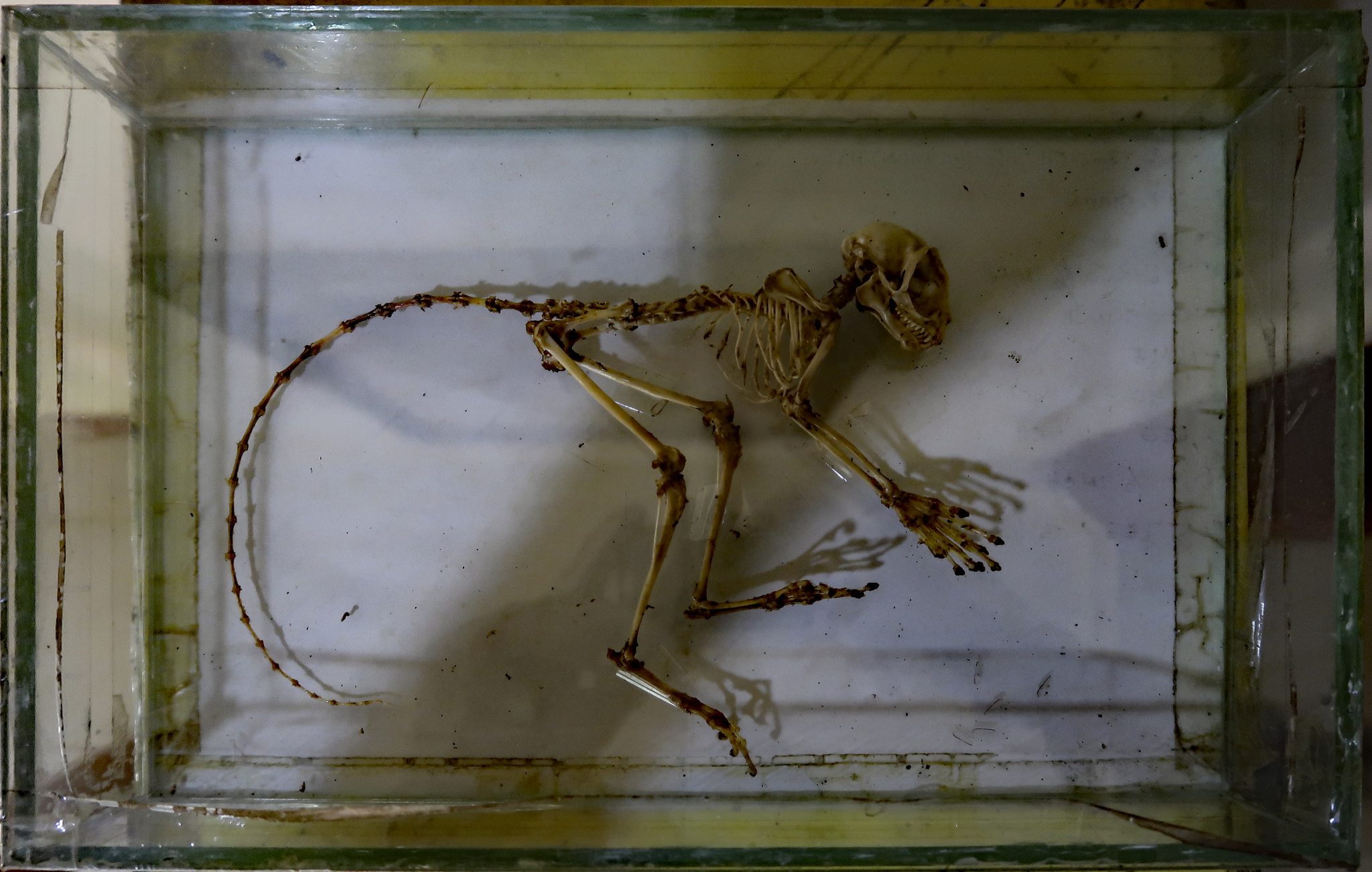
Philippine Tarsier – what is that? 🧐
Now, all this talk about the Phillippine tarsiers, but I am sure many of you haven’t even heard of them before. Nor had we, up until recently. Only the second smallest primate in the world. Measuring between 8.5 – 16 cm, they are slightly larger than Berthe’s mouse lemur, which grows to around 9.2 cm.
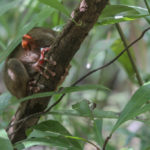
What makes them weird and wonderful at the same time?
- Their name comes from the unusually long anklebone which enables it to jump more than 40 times its own body length. This bone is called Tarsal, thus the name “Tarsier”.
- Their ears are similar to those of a bat and they have a rat-like tail.
- Their eyes are their most noticeable characteristic. You’ll know once you’ve seen a tarsier, because they have the largest eyes (relative to body size) of all mammals. Each eye is heavier than its brain.
- Talking about size, the females gives birth to the largest babies in relation to their adult size.
- They can’t rotate their eyes because of how large they are. And that brings us to another interesting fact about tarsiers: they can rotate their necks a full 180 degrees in both directions. Just like owls.
- And just like owls, they are nocturnal.
- They are the only completely carnivorous primates in the world. They feed mainly on insects, but also lizards, frogs and birds.
- They only mate on a full moon – now that’s romantic 😊 and they only give birth to one baby at a time.
- In the wild, they can leave up to 24 years, depending on the species.
- Captive, they will live only between 2 and 12 years.
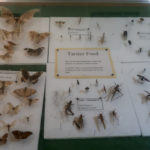
They commit suicide
What is mind blowing and really sad is that they are known to commit suicide. If removed from their natural habitat they get very stressed. They either hit their head against something hard, until their thin skull breaks, or hold their breath until they die.
The main reason why their population has decreased so much is the loss of habitat. Deforestation is such a big issue. As the human population on the island rapidly grows, more and more rice fields are replacing the lush forests, the homes of these animals that have been around for 45 million years.
Hopefully the efforts of Carlito Pizarras will pay off and the population of tarsiers will increase in the years to come.
